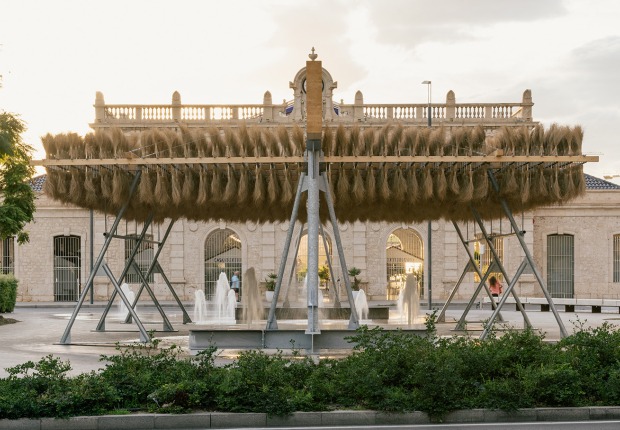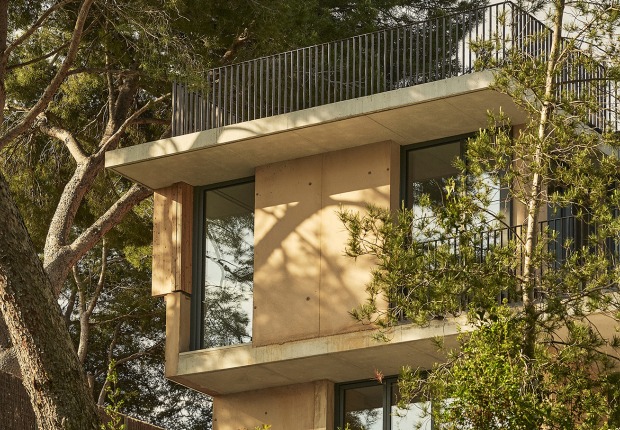The last June 24th, the new building designed by OMA was opened to the public for the first time as part of the museum complex that comprise the Musée National des Beaux-Arts du Québec [MNBAQ]. Its mission is to renew the institution, which was founded 83 years ago, not only in the architectural level. It was named the Pierre Lassonde Pavilion, after the philanthropist committed to the art, education and community world, who directs the Board of MNBAQ since 2005.
Description of the project by OMA
The Pierre Lassonde Pavilion will transform the 83-year-old institution, whose mission is to promote and preserve Quebec art from the 17th Century to today, and to showcase international art in Quebec City. The new 160,000 sq foot (14,900 sq meter) building doubles MNBAQ’s exhibition space while providing a gateway from the Grand Allée into the museum complex and to the scenic National Battefields Park.
Line Ouellet, executive director and chief curator of MNBAQ: “The world heritage site of Quebec City now has a new landmark. Refined and ingenious, the Pierre Lassonde Pavilion succeeds not only in standing out on the architectural level, but especially in becoming a part of its surroundings by making the most of its urban location with a logic that is both implacable and unexpected. Thanks to its spacious exhibition galleries, auditorium, restaurant, bookstore-gift shop and other facilities, it will enable the MNBAQ to fully realize its potential.”
Shohei Shigematsu, OMA partner and director of OMA New York: “Our design stacked three gallery volumes in a cascade that continues the topography of the park. The activity of the city extends below, providing a new point of interface between the city and the park. Art becomes a catalyst that allows the visitor to experience all three core assets – park, city, and museum – at the same time.”
Pierre Lassonde, chair of MNBAQ’s board of directors: “We are delighted to be able to welcome the public in this immense space, brilliantly designed by OMA, which will contribute greatly to giving visibility to Quebec art and artists. Thanks to this magnificently functional addition, one that is also significant on a symbolic level, our Musée has now reached an unrivalled level of service for the citizens of Quebec and is a major attraction for visitors from around the world.”
The project was led by Shigematsu, with Jason Long and Ceren Bingol. Realized in collaboration with Provencher_Roy architectes of Montreal, the Pierre Lassonde Pavilion is OMA’s first building in Canada, and the firm’s first museum in North America. The museum will open to the public on June 24 in celebration of Quebec’s Fete national with three days of festivities and public activities.



































































